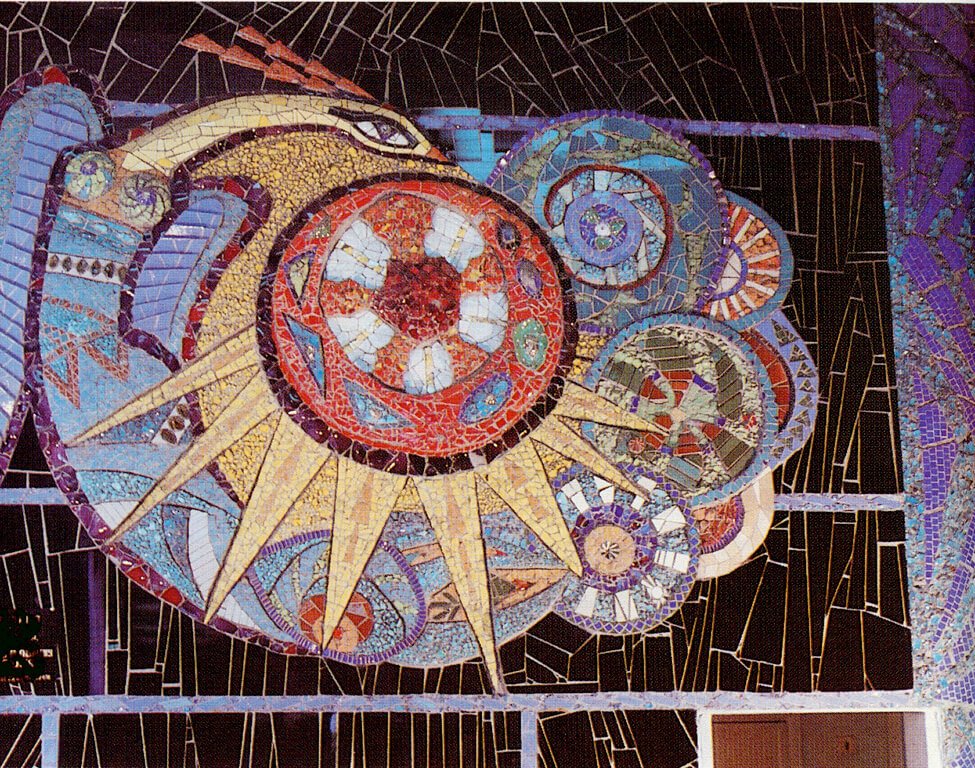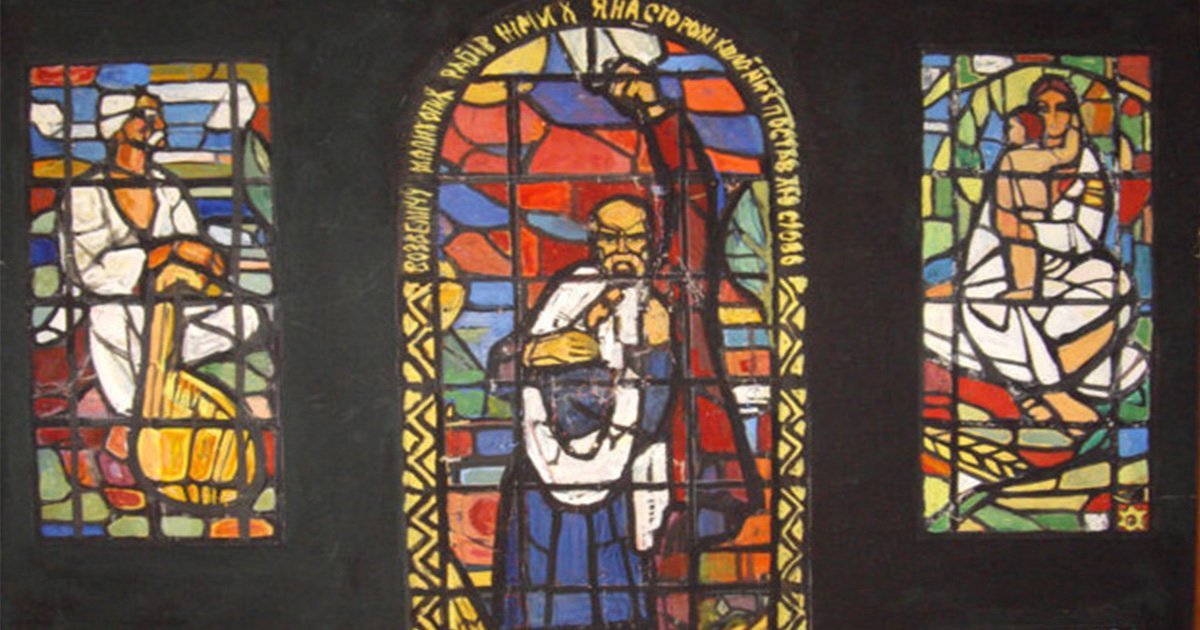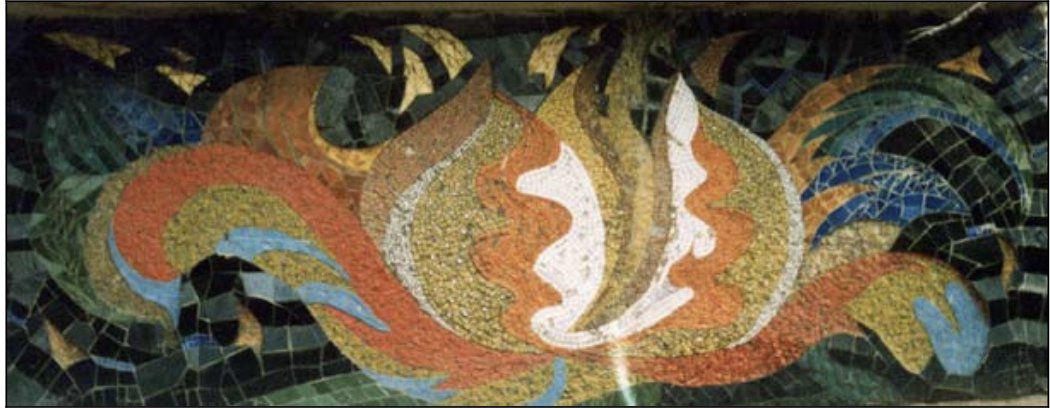Today in 1970 Ukrainian artist and civil rights activist Alla Horska was killed by the KGB. She lived only for 40 years but did a lot for Ukrainian culture. A thread 🧵 about her life and art. I would appreciate it if you share this amazing art.




Alla came to her Ukrainianness at a mature age. She was born in Yalta in a Russian-speaking family. Her father worked in management positions at various film studios. Alla had no problems with admission to the art institute in Kyiv.
Sketch of Mosaic Panel Work “Flag of Victory”
Sketch of Mosaic Panel Work “Flag of Victory”

She was working in a social realism style, but everything changed after she with her husband Viktor Zaretsky spent some time in the Polissya region near Chornobyl. They saw true 🇺🇦traditional art and were impressed.
"Prypiat. Ferry", 1961
"Prypiat. Ferry", 1961

In the 1960s ghostly feeling of freedom appears. Together with Vasyl Stus, Vasyl Symonenko, Ivan Svitlichny, and other dissidents, Gorska organizes the Creative Youth Club in Kyiv. It becomes a place of the strength of real Ukrainian culture.
Dance, 1963
Dance, 1963

Gorska was also friends with Maria Prymachenko and was inspired by the works of Sobachko-Shostak. The influence of the latter can be seen in many sketches and monumental works of Alla Gorska, such as "Boryviter" and "Tree of Life" in Mariupol.




In 1964, Gorska together with famous artists Opanas Zalyvakha, Lyudmyla Semykina, Halyna Zubchenko, and Halyna Sevruk created the stained glass window "Shevchenko. Mother". It was censured and was destroyed because the soviets were afraid of this image. 

Together with Vasyl Symonenko, they searched for the burial places of those shot in Bykivnia by NKVD. Corresponded with those who were in the camps. Signed letters against unjust sentences. Hosted people who returned from the camps.
Mosaics from Donetsk




Mosaics from Donetsk




The Soviet authorities could not tolerate such a strong figure as Gorska. On November 28, 1970, the artist and her father-in-law Ivan Zaretskyi were killed in their own house in Vasylkiv, near Kyiv.
The Spirit of Alla Horska,1980 by Viktor Zaretsky
The Spirit of Alla Horska,1980 by Viktor Zaretsky

The largest number of Horska mosaics in pre-war Ukraine were in the east - in particular, in Donetsk and Mariupol. Unfortunately, in Mariupol, the mosaics were almost destroyed by the Russian army. We will find out the real state of these monuments only after the victory.




I told her story at the Radio Culture in my program "Ukrainian Art in the Names". You can hear it here (in Ukrainian): ukr.radio/schedule/play-…


• • •
Missing some Tweet in this thread? You can try to
force a refresh












































